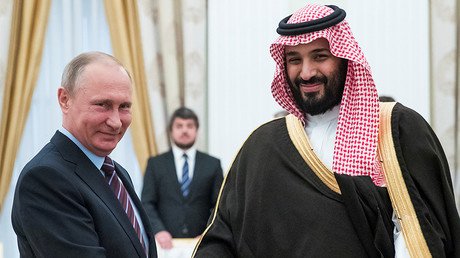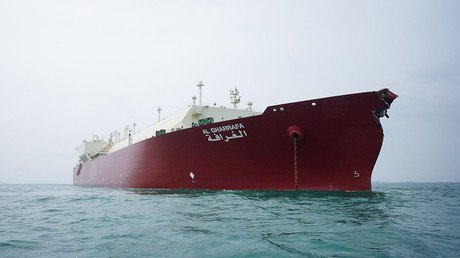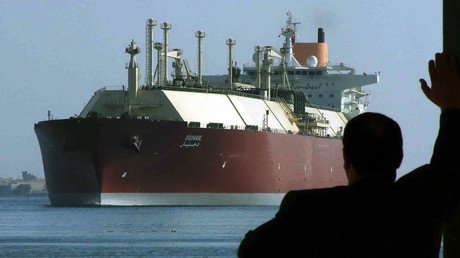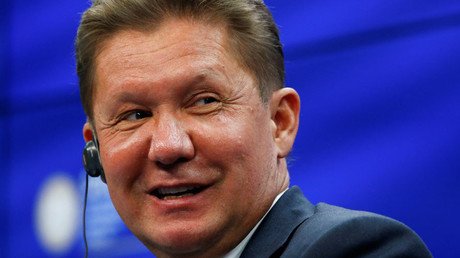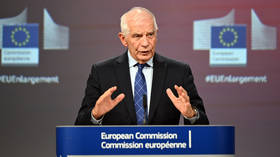Are Russia and the Saudis planning a natural gas cartel?
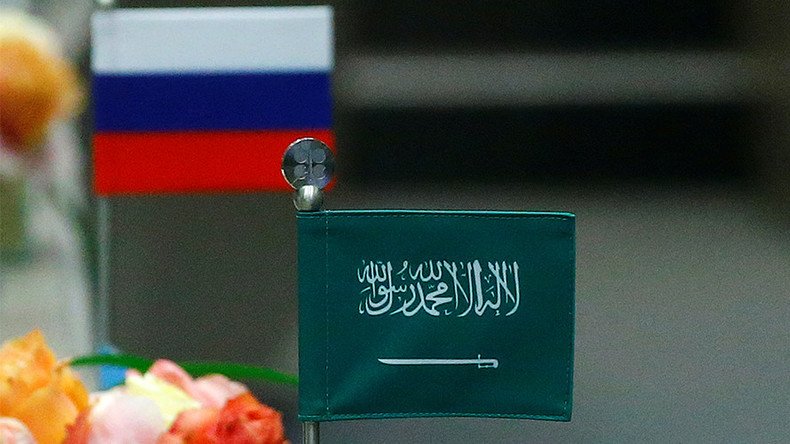
The fledgling production cut strategy of OPEC (Saudi Arabia) and non-OPEC (Russia and the FSU) shows that a new strategy is needed to counter the ongoing doubts in the markets.
At the same time, Russia and Saudi continue to give indications of a possible OPEC 2.0 scenario, in which a possible Russian membership is on the table. This would confront the market with a renewed and stronger oil cartel, although the overall strategies need to be adjusted.
At the same time, Saudi Arabia, via its oil giant Aramco has openly stated to be interested in global gas investment opportunities, starting in Russia’s Siberian region. While the media still looks at the current discussions as a pure crude oil cooperation strategy, some see another development on the horizon.
The real power of OPEC, non-OPEC cooperation would increase if they would not only include a crude oil production cut, but also integrate the other (hidden) cartel, the Gas Exporting Countries Forum (GECF). An OPEC 2.1, including gas exporters, would really block any negative developments in the market, even shale oil and gas.
At present, international analysts and media sources are hyping the story about Saudi Arabia’s multi-billion dollar investments in Russia’s oil and gas sectors. Statements made by Saudi minister of petroleum Khalid Al Falih are only making headlines at present if he indicates that oil giant Aramco will be targeting natural gas projects and even LNG in future.
Certain analysts think that Aramco is taking the same road as Shell, BP and other oil majors, have taken, diversifying away from oil and into gas. The ‘Golden Age of Gas’, as reported by the IEA has not yet become reality. Riyadh now seems interested in becoming a convert of the gas era, but reality is not as simple. There is more between the lines than currently is being discussed in the media.
First of all, Saudi Aramco has always been heavily involved in the gas sector, as it is already a very large gas producer. Recent figures show that Saudi Arabia’s total proved natural gas reserves are set to be around 8500 bcm, which means it holds the sixth most proved natural gas reserves globally and the third most in the Middle East.
In 2014, Aramco produced around 102.4 bcm of natural gas, which made them the eighth largest natural gas producer in the world. Additionally, it marked the fifth consecutive year of increasing natural gas production in Saudi Arabia, illustrating that Saudi Arabia has emphasized growing their domestic production in order to continue to meet their energy demand.
The Kingdom also is not only a huge producer of natural gas, its local consumption is also impressive. The kingdom consumed 108.2 bcm in 2014, making it the 5th largest consumer worldwide. In 2014, natural gas made up ~40.7 percent of Saudi Arabia’s primary energy consumption.
Read more on Oilprice.com: Iraq Dethrones Saudi Arabia As India’s No.1 Oil Supplier
The country’s natural gas consumption has continued to grow as has natural gas’s role in Saudi Arabia’s current energy mix. In 2014, natural gas made up ~40.7 percent of Saudi Arabia’s primary energy consumption. For the next years this will increase substantially.
Currently, Saudi Arabia does not import or export natural gas and therefore they have not established themselves as a global natural gas supplier even though they produce significant amounts of it. Additionally, Saudi Arabia has been able to achieve important security of supply due to the fact that they only rely on themselves for their natural gas needs.
However, this also means that Saudi Arabia will have to continue to produce at high levels going forward to meet their domestic demand. To counter growing demand for natural gas, Aramco is even pursuing shale gas in the future, with first production expected around 2020-2021.
A rapid development of reserves is necessary, as not only will the Kingdom need more gas to compensate for its current crude oil usage, which is a direct financial pressure on the budget, but current diversification plans also imply increased natural gas consumption in the petchem industry. Next to this, increased gas production is crucial for power generation and water desalination in the near future.
Technically, gas production is also of importance to support crude oil production, partly via gas reinjection projects on ageing oil fields. The above painted situation was part of the E&P strategy of Aramco, when it took in several IOCs (Shell) and independents to search for new gas reserves, especially in the Rub Al Khali (Empty Quarter). The latter until now has been rather disappointing, and most international parties have left.
The present and future gas cooperation between Russia and Saudi Arabia should be assessed in this light. Aramco’s internationalization strategy includes investments and operations in Russia or FSU republics the coming years. These actions are part of a diversification drive in Aramco, but should not be looked at with only attention for the Russian opportunities.
Taking into account the current Saudi situation, Aramco has been looking for access to technology, R&D and cooperation since decades with the usual suspects. Gazprom, Lukoil and Rosneft were not included at that time in the inner circle, as the geopolitical situation and the clash between communism and Wahhabism prevented an opening. This has changed, and both sides are now showing an increased willingness to cooperate in both their territories, Russia but also Saudi Arabia.
The Saudi offer to invest in Russia will have very strong strings attached. Investing in Russian oil and gas operations, including LNG, will be linked to receiving an in depth insight and access to Russian gas technology and R&D. Aramco will without any doubt have direct research links and investments with Gazprom VNIIGAZ (Scientific-Research Institute of Natural Gases and Gas Technologies) — with its research operations in Saratov, next to the Volga River could substantially support “In Kingdom” gas operations and production projects in the future.
The bottom line at present for Saudi Arabia’s geopolitical and economic power drive is an increased economic diversification effort at home. All instruments, including the multibillion investments by the Saudi sovereign wealth fund PIF, which will include Saudi Aramco IPO revenues in 2018, in the RIDF (Russian Direct Investment Fund) should be seen in that light. The meetings between Saudi deputy crown prince Mohammed Bin Salman or Saudi minister of petroleum Khalid Al Falih with Russian president Putin and his cohorts are linked to the internal drive of the Kingdom.
Read more on Oilprice.com: Solar And Wind Revolution Happening Much Faster Than Expected
This cooperation could also be driven by another issue. In addition to the historic cooperation between the two oil producers, as shown in the OPEC non-OPEC production cut agreements the last years, both have been discussing since years also a global gas cooperation. Even that the oil price plunge has pushed both former adversaries to cooperate, an expansion to gas could even be strategically very interesting.
For Russia, a combined market approach of OPEC and the Gas Exporting Countries Forum (GECF), labelled sometimes as the gas cartel, would increase its global power. The same is the case for Saudi Arabia, as the OPEC leader, holding vast reserves of natural and associated gas, understands that a combined OPEC-GECF strategy could have several main strategic advantages.
Not only would this create a power bloc that could have a much higher impact on the U.S. shale revolution, blocking part of the global market if necessary, but also it would increase pressure on Saudi’s main rival at present Qatar, the world’s leading LNG exporter.
By cooperating with Russia, Saudi Arabia could kill two birds with one stone. Riyadh’s strategy with OPEC – Russia could be solidified, while at the same time it holds power over the world’s gas sector.
Moscow’s support for Riyadh’s plans will not only benefit the Kingdom’s natural gas development, but also corner Qatar fully. A combined Russian-Saudi power play in global gas could change it dramatically. Putin and MBS could be looking for a kill.
This article was originally published on Oilprice.com
